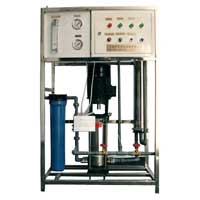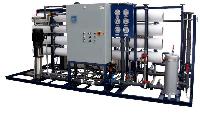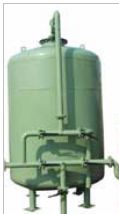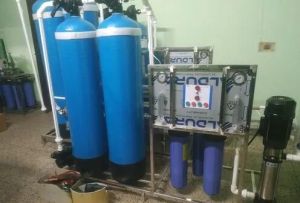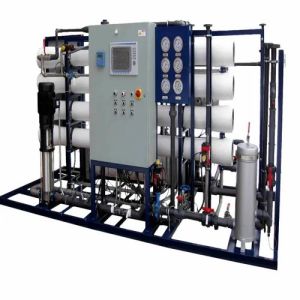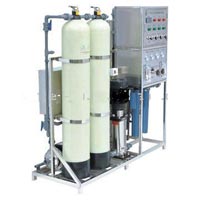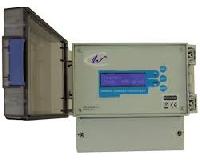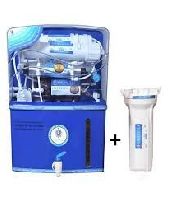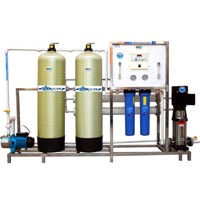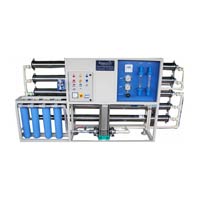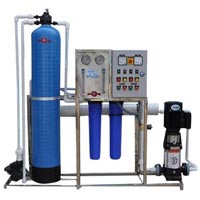Listing ID #99319
Company Information
Ask for more detail from the seller
Contact SupplierThe Reverse Osmosis Plant is a very sophisticated innovation of technology. The Reverse Osmosis Water Treatment Plant can efficiently treat water and make it free from all kinds of harmful particles. We are rated top among the RO Plant Manufacturers in India whose products are of international standard in terms of quality and performance. The feed water, depending on its source, may contain suspended solids and dissolved matter, in varying concentrations. Suspended solids may consist of inorganic particles, colloids and biological debris such as microorganisms and algae. Dissolved matter may consist of highly soluble salts, such as chlorides, and sparingly soluble salts, such as carbonates, sulfates, sulfates, and silica. During the RO process, suspended particales may settle on the membrane surface, thus blocking feed channels and increasing friction losses (pressure drop across the system Sparingly soluble salts may also precipitate from the concentrate stream, create scale on the membrane surface, and result in lower water permeability trough the RO membranes. Threrefore, the feed water pretreatment, to improve its quality to the level, which would result in reliable operation of the RO membranes is must. The common indicators of suspended particles used in the RO industry are turbidity and Silt Density Index (SDI) The maximum limits for turbidity are 1 NTU and SDI of 4. In the continuous operation of an RO system with feed water, the average values of turbidly and SDI in the feed water should not exceed 0.5 NTU and 2.5 SDI units, respectively. The indicators of saturation levels of sparingly soluble salts in the concentrate stream are the Langley Saturation Index (LSI) and saturation rations. Negative values of LSI indicate the possibility of calcium carbonate precipitation. The saturation ratio is the ratio of the product of the actual concentration of the ions in the concentrate stream to the theoretical solubilitys of the salts at a give conditions of temperature and ionic strength. These ratios are applicable mainly to sparingly soluble sulfates of calcium, Barium and Strontium. Silica could also be a potential scale forming constituent. Depending On the Raw Water Quality, the Pretreatment Process Mainly Consists of Removal of the Followings


